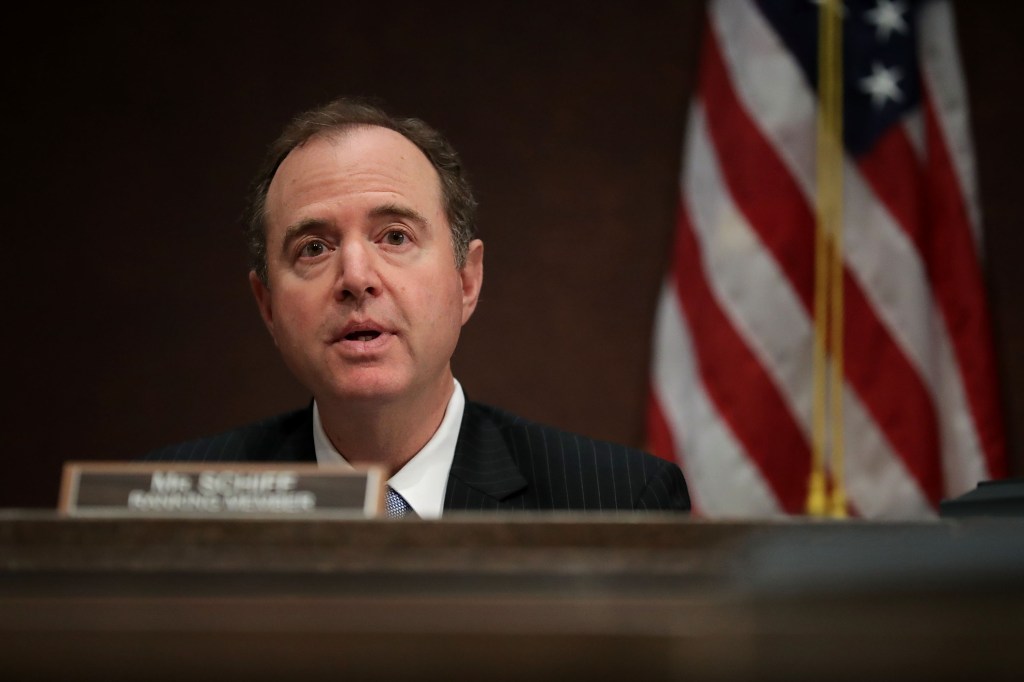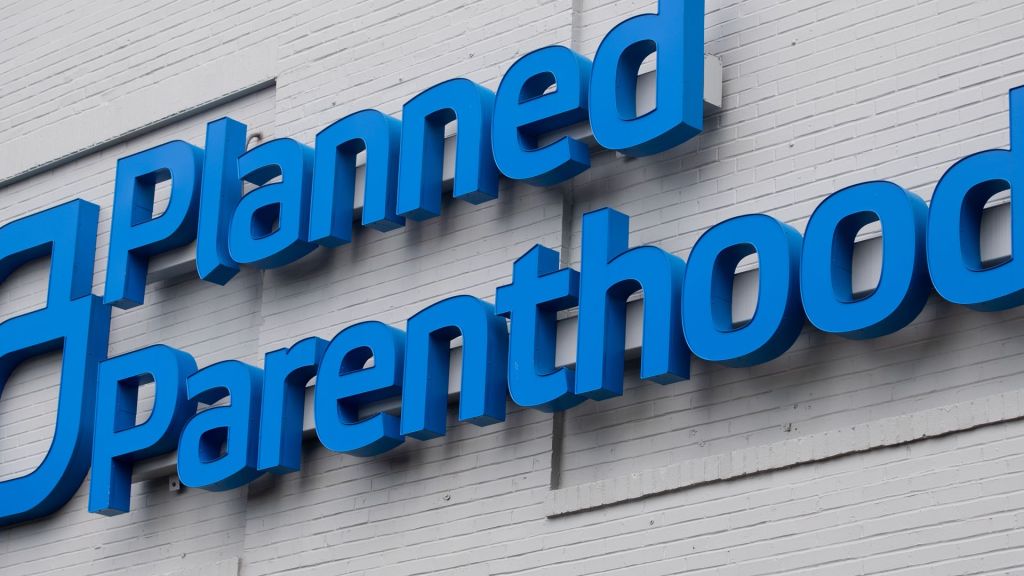
Commentary
-
Our commentary partners will help you reach your own conclusions on complex topics.
Let’s talk a little bit about inflation. Inflation has become highly politicized. It’s become a very popular, uh, sort of cudgel with which people are beating Joe Biden. But the truth about inflation is that it has very little to do with Joe Biden. It’s a global phenomenon that impacts just about every country and it’s mostly being driven by energy. Let’s talk about that. So first and foremost, where are we seeing the most significant price inflation? And remember when we talk about inflation, it’s measured using the CPI, uh, CPI is based on a basket of goods and services. You can always argue it’s not the right basket. You can make that argument at any time for our purposes, because this is typically the indicator that’s used. It’s what we’re going to use today.
Inflation on a 12 month year, over year period peaked in March, uh, 8.6%. We saw a slight decline in April down to 8.3%. Remember that’s not per month, that’s in the 12 month period ending in that month. Uh, this increase has been mostly driven by energy. Well, what do I mean? Well, oil prices are high, which is making gas prices. High gas is part of that CPI, that consumer price index. Aviation airline tickets is part of that. And those were the area that increased the most in price over the last month. The reason airplane tickets are so expensive are a combination of demand that has resumed as the pandemic has waned and increased oil prices, which increase the price of jet fuel. And then you also have grocery store, uh, groceries, which are part of the basket of goods and services considered in the consumer price index. And part of the reason that groceries have gone up in price is due to the increased cost of trucking.
Much of our groceries are shipped across the country in trucks, trucks need fuel…diesel and gasoline, and those prices are up. So this is primarily to a significant degree, an energy led series of sort of an inflationary spiral. Now there’s one other aspect to this, generally speaking, and, and again, when we think macroeconomically, and now we’re gonna get into something that’s us specific. Everything I’ve just mentioned is basically global. It doesn’t have anything to do with Joe Biden. Domestically, one of the things we have enjoyed in the United States for a long time now are record low mortgage rates, up until very recently. Well, why are mortgage rates so low? Mortgage rates follow what’s called the federal funds rate, which is set by the federal reserve. This is the rate at which banks, uh, can, uh, banks can, can, uh, borrow money. And when you have very low rates, it encourages people to buy stuff because it’s cheaper to buy stuff and more people buying stuff raises prices, generally speaking.
So one of the tools that exists to slow down inflation is for the federal reserve to raise the federal funds rate, which they recently did by what’s called 50 basis points or half of a percent, 0.5%. The mechanism that’s at play here is imagine that you say, okay, I can afford a $1,500 mortgage payment. Great. That’s what I can afford based on my income. With rates at 4% for a mortgage, that means that when I think about I’ve got 40 grand for a down payment, I can afford 1500 a month and rates are 4%. That means I can afford a $300,000 house. Great. What happens when mortgage rates go up? Okay, everything else stays the same. You can still afford 1500 a month. You’ve still got your same down payment, but, but mortgage rates have gone up.
That means that your $300,000 house is now going to cost you 1650 a month. What does that mean? Well, you can no longer afford a $300,000 house. Now you need a house that’s 285. That puts downward pressure on prices. Low rates put upward pressure on prices. We have had significantly low rates in the United States for years now, and that’s been another upward force on inflation. That is starting to slow down. The fed has already raised the rate 50 basis points, anticipating another raise. So that will likely more than likely, inflation is peaked. I’ve said before, humans are notoriously bad at making economic predictions, but a couple of months ago, I said, March will probably be the peak. April saw a little bit of a decline. I think that that’s going to continue. The downside to raising rates by the fed in order to slow down inflation is that you can also slow down economic growth.
What’s the logic there. Well, as it gets more expensive to borrow money, people are less likely to do it. And one of the ways that businesses are created as and, and that assets are purchased is people borrowing money to do it. You raise rates, people are less likely to borrow the money. They don’t put that money back into the economy and it can cause a slowdown. So this is a constant balancing act for the fed, but these are the main mechanisms, extremely low rates for a long time, combined with a… resumption in demand in a lot of sectors as the pandemic Wanes, combined with an energy led series of price increases. That’s how we’ve seen the inflation that we’ve seen.
-
As trials persist, Trump will become increasingly unhinged
On Monday, April 22, former President Donald Trump is scheduled to appear in a New York court for the start of opening statements in his hush money criminal trial. Trump faces 34 felony charges of falsifying business records related to an alleged scheme aimed at suppressing negative information prior to the 2016 election. Despite this…
-
RFK’s true goal is to elect Donald Trump
When Robert F. Kennedy, Jr. announced his intention to run as a presidential candidate, many Americans assumed that he would run as a Democrat. But some of his political positions, including his opposition to vaccines and mask mandates during the COVID-19 pandemic, aligned him more with Donald Trump’s MAGA camp. In the end, Kennedy chose…
-
Courts must end special treatment for criminal Trump
A New York appeals court reduced Donald Trump’s bond payment from $464 million to $175 million on Mar. 25. The reduction came after Trump had already been allowed significant delays in numerous court cases. The former president faces a total of 91 felony criminal charges and could theoretically face a prison sentence of over seven…
-
Biden could beat Trump even without Florida
In March, former President Donald Trump easily won Florida’s GOP primary, clinching all 125 delegates. While numerous strategists saw the romp as another sign of Trump’s unwavering GOP dominance, some noted his support among the state’s Republican voters may not be as strong as before. Despite Trump’s success, other names on the ballot, such as…
-
GOP’s Biden investigation still has no evidence, no crime
In December 2023, House Republicans voted to open an impeachment inquiry into President Joe Biden to determine if he “improperly benefited” from his son’s alleged business deals. President Biden quickly fired back, stating that House Republicans were “choosing to waste time on this baseless political stunt” instead of doing their jobs. Straight Arrow News contributor…
Latest Opinions
-
 Getty Images
Getty Images
Kim Kardashian attends White House meeting on criminal justice reform
-
 Getty Images
Getty Images
José Andrés honors World Central Kitchen aid workers killed in Gaza
-
 Reuters
Reuters
Testimony continues in Trump's NY trial as SCOTUS debates immunity
-
 DVIDS
DVIDS
Aid package to Ukraine ‘not aimed at achieving victory’
-
 AP Images
AP Images
Poll: Majority of Americans back mass deportation of undocumented immigrants
Popular Opinions
-
In addition to the facts, we believe it’s vital to hear perspectives from all sides of the political spectrum.


